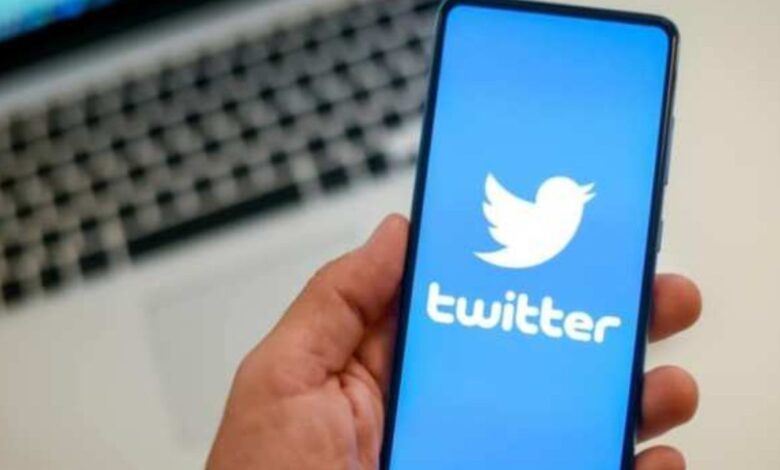Is Chaos at Twitter the main concern for Advertisers?

The chaos at Twitter should be the primary concern for advertisers.
Following Elon Musk’s disastrous takeover of Twitter, several of the largest advertising agencies in the world have advised clients to stop marketing their brands on the social media network due to concerns about “brand safety.”
Thousands of Twitter employees either left the company or lost their jobs in order to ensure that adverts do not appear next to online content that can damage a brand’s reputation or image. According to reports, this affected the capacity for moderation.
However, before Musk took over, Twitter advertising was risky. Social media advertising typically carries significant risks for brands. Rolling news feeds, and potentially persistent hate speech and misinformation might damage each scroll’s reputation in the event of a mistake.

A plane disaster breaking news story does not go next to an airline’s advertisement. No business would permit its goods to be displayed next to articles honouring child abuse, terrorist crimes, or the cat-dropping of a well-known football player.
It is uncertain if Musk has successfully convinced any advertisers to return by offering them hefty incentives like matching their ad spending.
Since there is no definite way to ensure that incidents that harm the brand will not recur, advertisers won’t likely return until the new leadership of the company makes plain their plans for building brand confidence and safety.
The huge ecology of the internet advertising sector, however, is progressively posing a new threat to brand safety. Beyond the walled garden of social media platform advertising, this ecosystem exists. During our research, we were shocked to learn how intrusive and harmful the ad tech and data broker sectors had become.
The mysterious “third parties” or “business partners” that are periodically referenced in the privacy agreements that you clicked “accept” on without reading are these companies, whom you have never heard of. They operate a company that collects a tonne of personal information online, which they then essentially sell for marketing purposes.
We have evidence that individuals who visited European mental health websites, moms who had recently given birth in UK hospitals, and expecting women who participated in online parenting communities had their personal information collected. Then, without the subjects’ knowledge, this information is distributed to outside advertisers.

Due to the nature of the data broker industry, sensitive data like this is probably being sold and resold, and it may enter an advertiser’s data supply chain without the advertiser’s knowledge.
Just imagine the damage to a company’s reputation if it emerged that a provider of baby supplies had improperly gathered data from women who had miscarriages. As a result, online adverts for diapers and formula, for example, are regularly seen by women who are recovering from the trauma of miscarriage.
We are asking advertisers whether they can ensure that no data from their supply chain has been obtained in this way since no brand wants to be linked with this terrible circumstance.
Even though we recognise that businesses may not be fully informed about what is occurring further along the data supply chain, we believe that if they were, they would wish to take appropriate action. It’s a problem that’s getting worse as authorities start to pay notice and privacy-focused NGOs step up their investigation.
Soon, the subject will change to how marketers support the funding of this industry. In order to improve the climate for online advertising and decrease harm, we at Privacy International spent months contacting advertisers, outlining our case, voicing our concerns, and offering practical solutions.

Advertisers can get started by talking with their advertising agencies about these concerns and exploring alternatives to the way that advertising is currently done. There is an opportunity for a system that respects client privacy and uses the least amount of data feasible, but the current ecosystem promotes an intrusive all-or-nothing approach.
The expense of jeopardising clients’ privacy is most likely not worth it, and advertising based on monitoring is unsuccessful. Due to the absence of industry transparency, advertisers are unable to know for sure how many consumers are exposed to their advertising.
Another issue is fraud, which occurs when clicks and views are inflated. According to one estimate, this costs marketers $23 billion. In order to lower risks and protect clients, they could look closely at the third-party databases and auction systems utilised by ad tech companies and data brokers.
Businesses currently audit and monitor internal data methods, returns on ad spend, and brand protection by keeping an eye on and verifying where advertisements are placed. Additionally, they carefully monitor human rights along the entire supply chain.
By taking advantage of these already-existing audits to demand accountability and transparency about the use of personal data, it would be able to stop harmful behaviours and protect customers.
Advertisers have already shown in the open that they are willing to use force to protect their brands. They can do this to protect their customers and demonstrate that they care about their privacy.
Edited by Prakriti Arora




